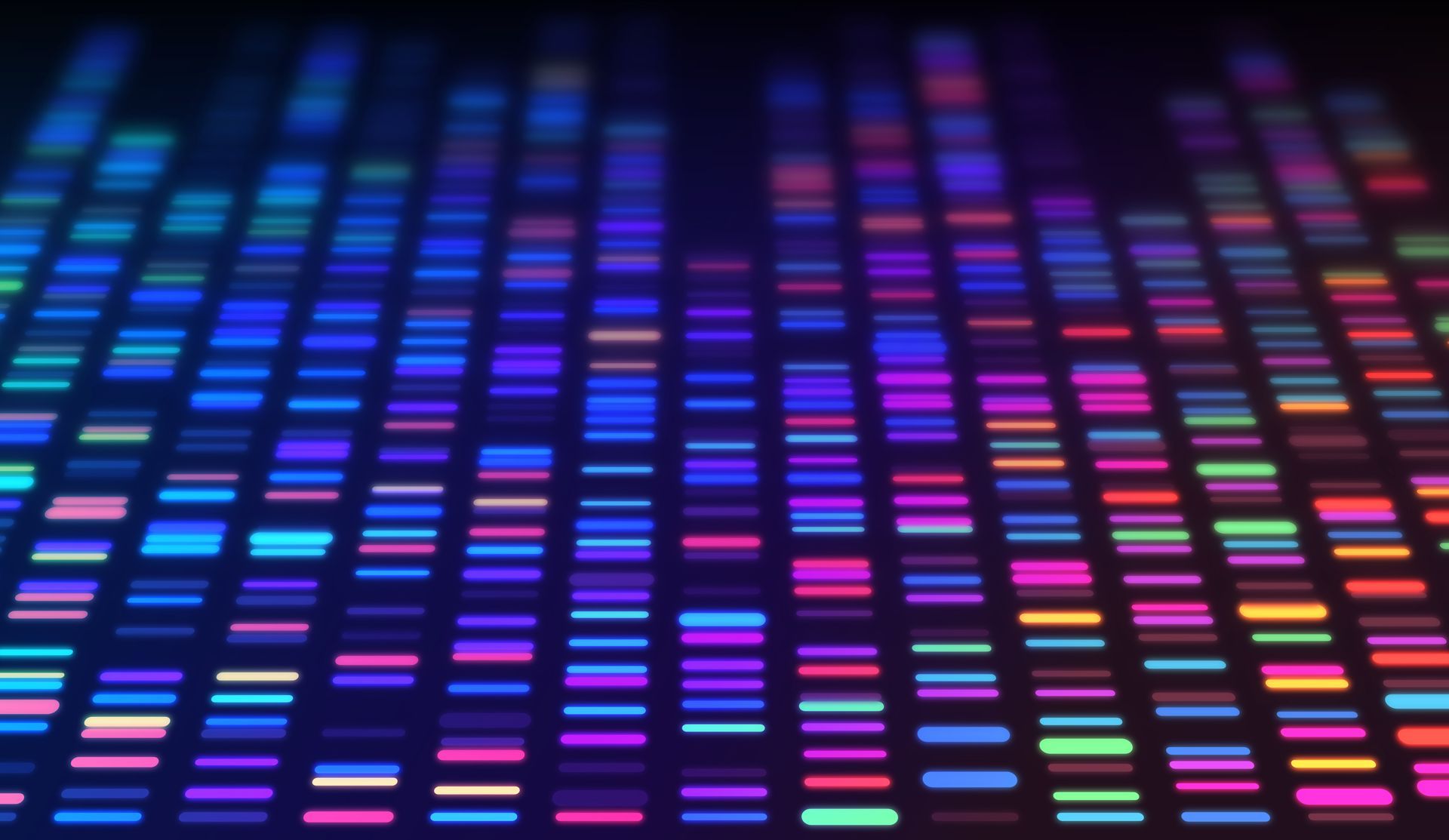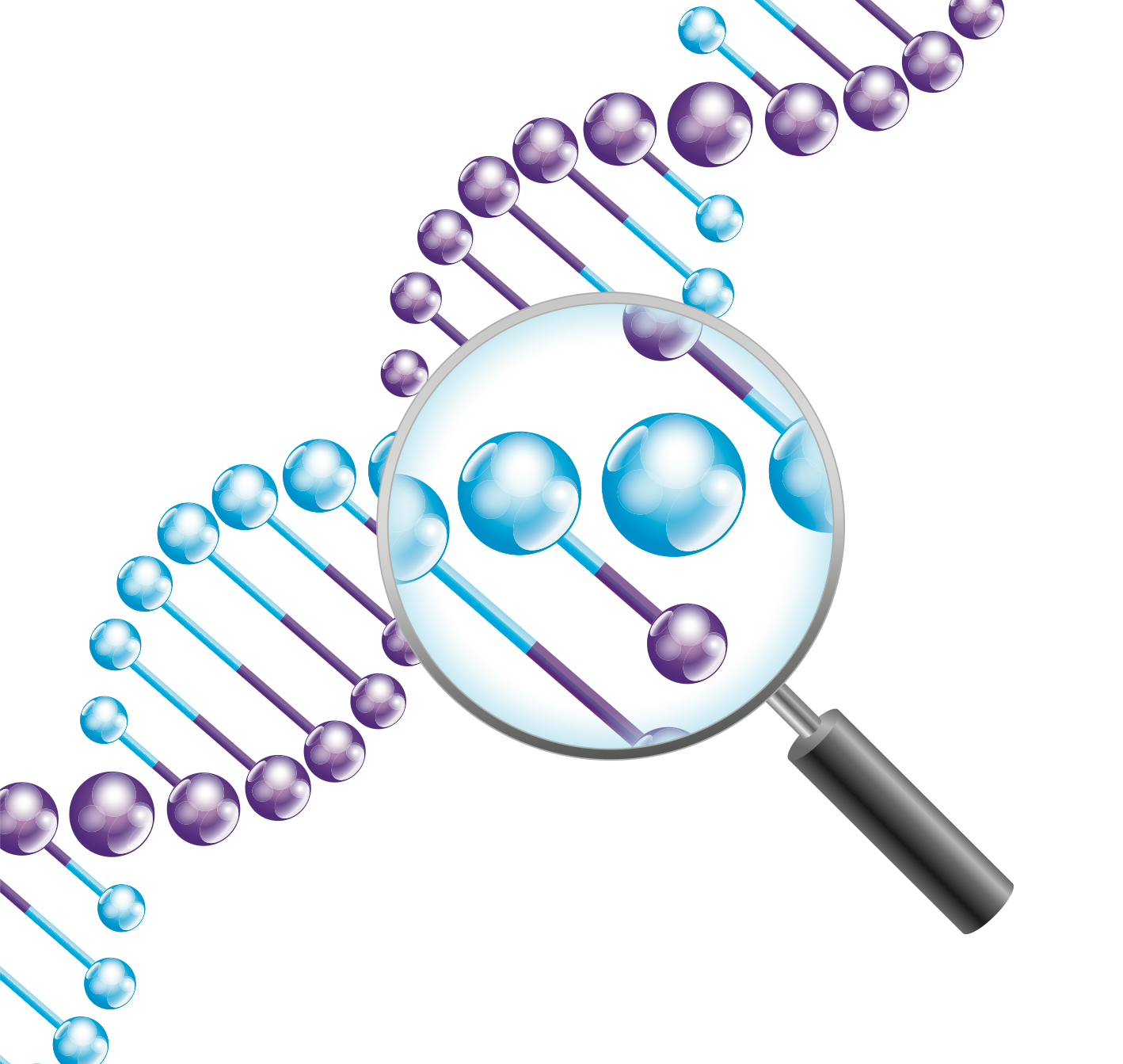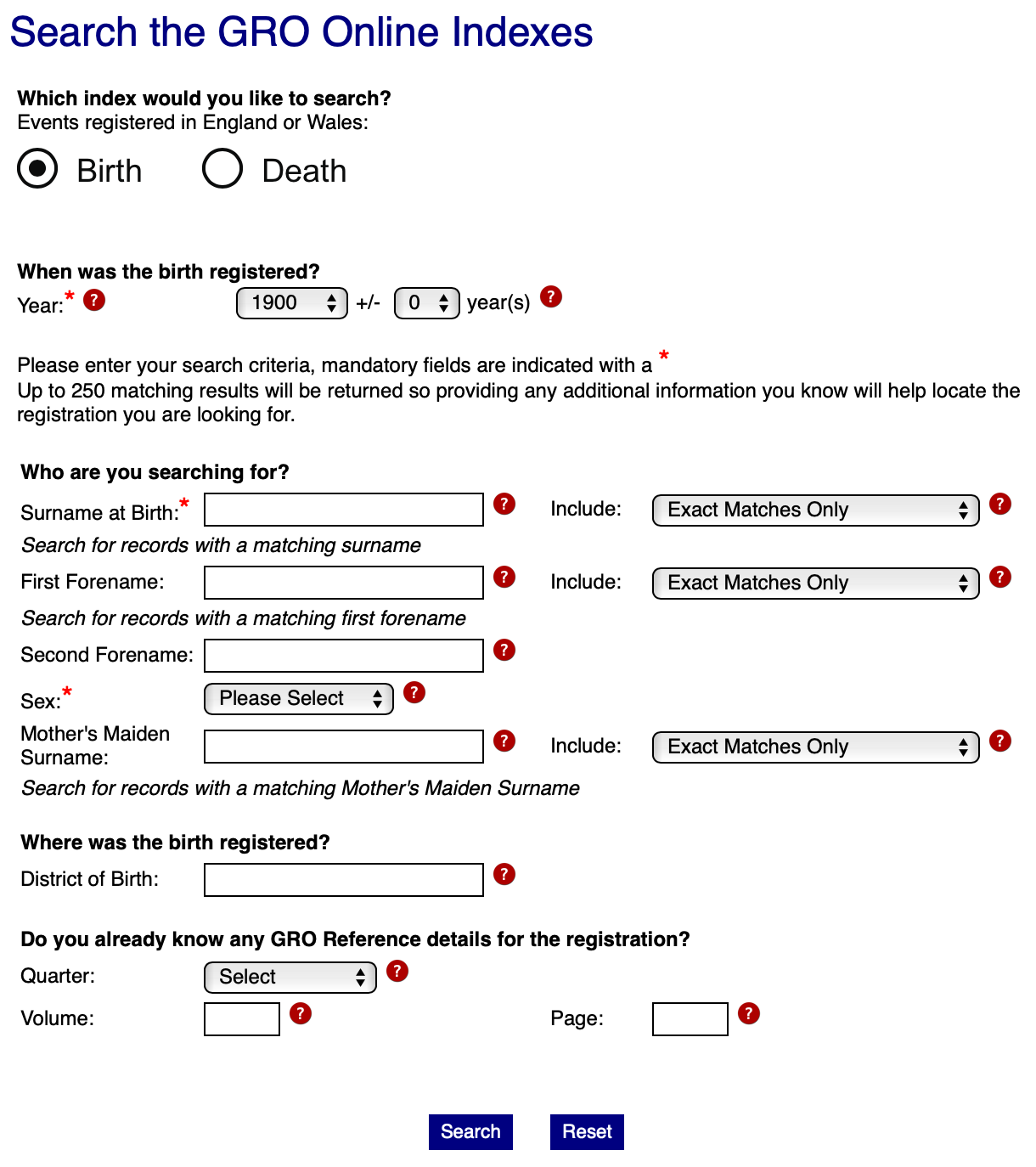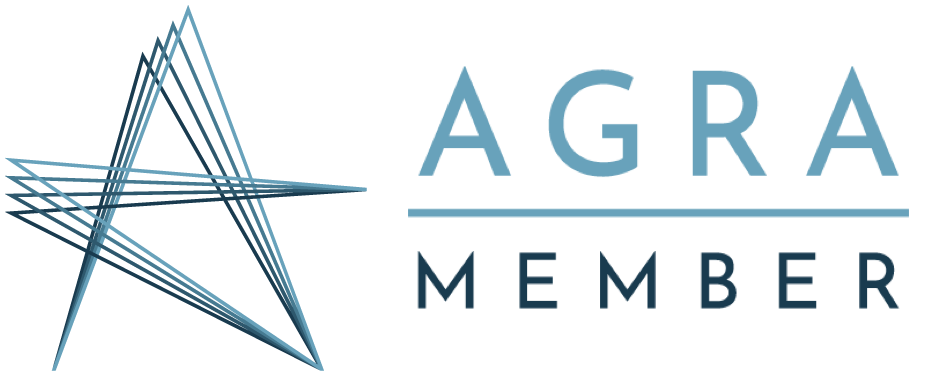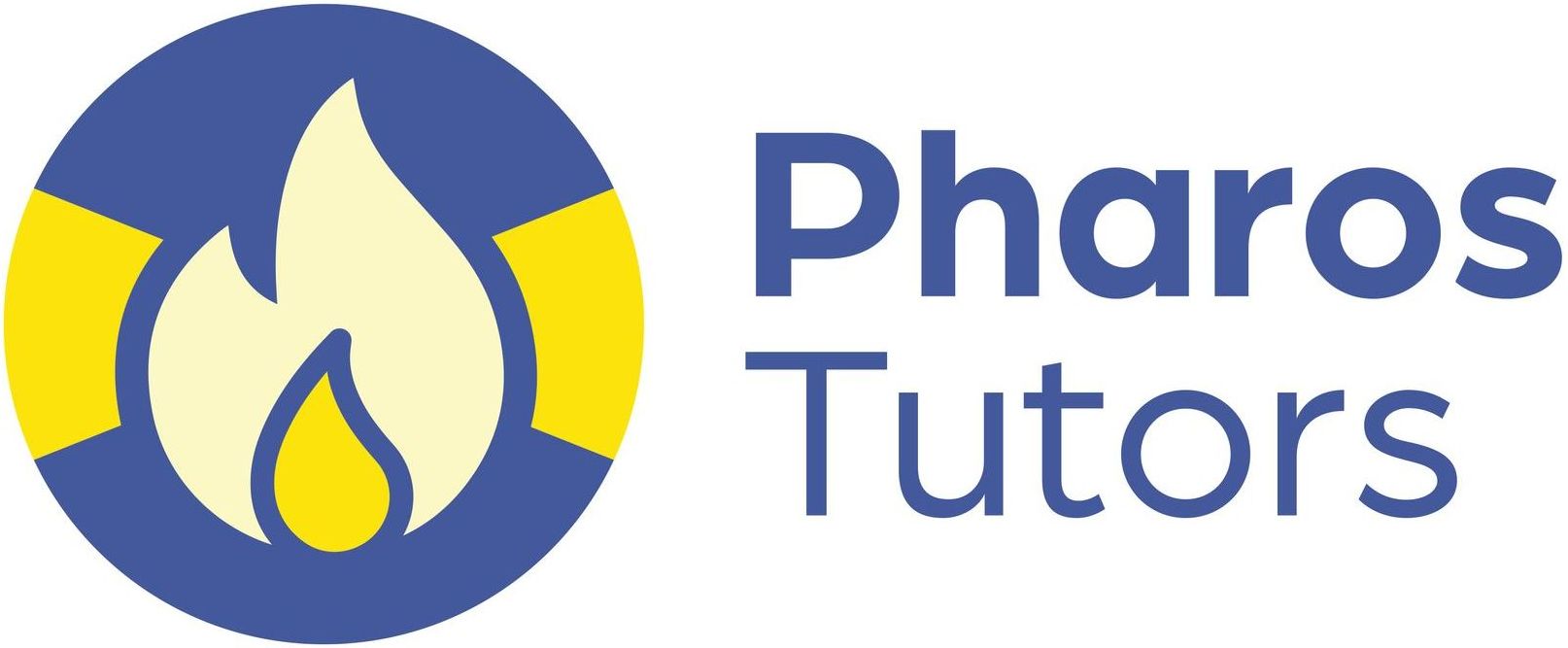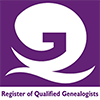Setting Research Goals
As we start the New Year I am sure some of you are already thinking about what you hope to do with your family history research this year. It's a great time to think about your research goals for the year.
I looked back at my hopes for my own family history in 2024 recently, as recorded in my journal. Whilst my work goals were very clearly defined, for my own research I has simply scribbled:
"work on the Jenkins line 'do-over', start on the Hopkins line"
I have been working through old research again in "recent" years, going back over my very early work from when I knew very little. Unfortunately, as I now know a lot more, there is much more available at my fingertips online than when I started and there is the added complexity of wanting to add more recent relatives for working with DNA matches, what started as a simple idea of a "do-over" has been ongoing since 2012 (hence the "" on recent)!
When I looked back on my notes I instantly felt very discouraged. I had completely underestimated how much work there was to do on the Jenkins line and how little time I would be free to work on my own family history research. As a result, I am still nowhere near completing the Jenkins line work (let alone revisiting my Hopkins ancestors). I had nothing to tick off my list as, as written, it is still ongoing! I mentally slapped my own wrist for writing such an unachievable target. I was always going to "fail" with that as an ambition. We thrive on a sense of achievement and being able to tick things off our "to do" lists (anyone else guilty of adding extra items to their "to do" list just so they can tick them off as complete?). If I had broken my goal down into smaller pieces I would have felt a much greater sense of achievement as the year came to a close.

So that's our first lesson - make sure you set yourself research objectives that are achievable within a reasonable time frame. Think about how much time you will have available to work on your family history per month, and make a realistic estimate of how long you think things could take.

The second point you may have picked up on from my terribly vague Jenkins goal is that it needs to be clear what you mean. Is my do-over just going over old research, adding in more detail as needed and, ahem, improving the source citations (hey, cut me some slack here, this is from when I first started research!)? Or does it include additional research? What additional records do I want to include? In the Jenkins case it is important to be specific so that I am not tempted to go off and research every possible aspect of every single person's life as I go, including researching the occupations they had and the places where they lived. Here I am looking to revise the basis of my family tree, to be happy with what I have to later build upon. So, I might write something like:
- Go over existing research on the individuals in the Jenkins line, revisiting the quality of research, notes and source citations and adding more detail and repeating searches where necessary
- Add in any census returns and the 1939 register as appropriate, that were not available when the research was first conducted
- Add in searches of BMD indexes and parish registers, not readily available online when the research was initially conducted
This way, it is still a lot of work, but I am limiting myself to the basic sources and getting that research to the highest standard. Later I can research interesting individual and places in more detail, or have those as separate research goals for the year, to work on at different times. I also want to bring research forward to more recent times to enable me to identify where my DNA matches fit in more readily. Here I am expanding the scope of my research but again I need to be specific
- For research back to 3 x great grandparents, attempt to research the lines forward for each sibling, aiming to get to individuals born around 1920 (after which they will be privatised in online trees anyway)
- For research of 4 x great grandparents and beyond, identify BMD events of siblings where possible but don't bring those lines forward yet

So now we have some specifics we need to add in more detail so that will make it easier to see whether I have achieved those objectives. We want to create objectives that are detailed to a level that can be ticked off on a "to do" list - in other words, make them measurable.

In order to do this, I will start with what I have already but add in specific names of individuals:
- Go over existing research on the individuals in the Jenkins line, revisiting the quality of research, notes and source citations and adding more detail and repeating searches where necessary
- Add in any census returns and the 1939 register as appropriate, that were not available when the research was first conducted
- Add in searches of BMD indexes and parish registers, not readily available online when the research was initially conducted
- Attempt to research the lines forward for each person, aiming to get to individuals born around 1920
- Do all of the above for:
- The children of Richard JENKINS (1829-1882) and Mary CHADWICK (1830-1902):
- John JENKINS (1850-1853)
- Jane JENKINS (1853-1931)
- Mary Elizabeth JENKINS (1855-1926)
- Betsy JENKINS (1857-1924)
- Hannah JENKINS (1859-1930)
- Joseph JENKINS (1860-)
- Sarah JENKINS (1862-)
- Edward JENKINS (1864-1864)
- John JENKINS (1865-)
- Robert JENKINS (1867-1868)
- Frederick JENKINS (1869-)
- Louisa JENKINS (1871-1872)
- Ellen JENKINS (1875-)
- Thomas JENKINS (1832-1894) and Mary Ellis (b. ?), including first identifying their children
This family had a lot of children at each generation and I write meticulous notes which take a long time, so that could easily take all the time I have available for my own research in 2025. There is a lot I can tick off as I go, giving that sense of achievement, but I can also add in more if I need to.

Now, some of you may have started to notice a theme starting to develop throughout this discussion, particularly if you are used to setting goals for other occupations. In fact everything I have said ties into what is known as creating SMART goals. For your best chance of success your goals for the year should be:
Specific – it is clear what you are looking for
Measurable – it is easy to tell whether or not you have achieved what you set out to and can tick that item off on your “to do” list
Achievable – you have set your objectives within your knowledge of how much time you have available
Realistic – are you setting yourself an impossible dream where records do not exist?
Time-related – here we have been thinking about what to hope to achieve this year
In this post I have concentrated on setting
research goals for the year. When you actually get started with your research for a particular month, week or even day, you will be using more
detailed research objectives. That's a subject for a later blog post.


